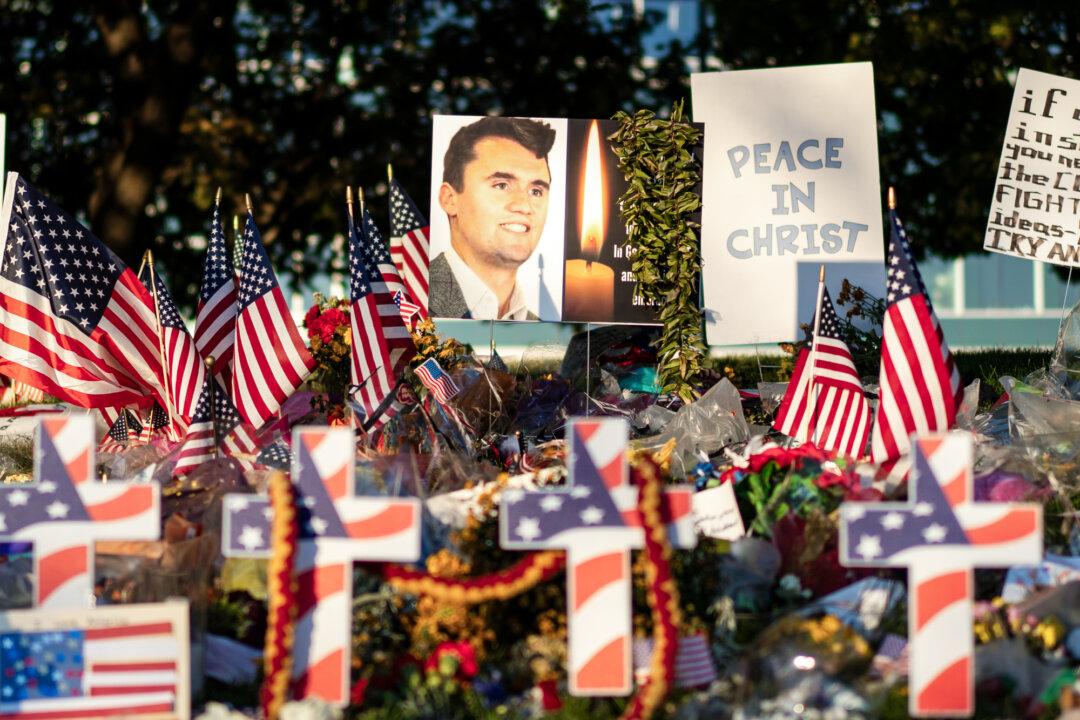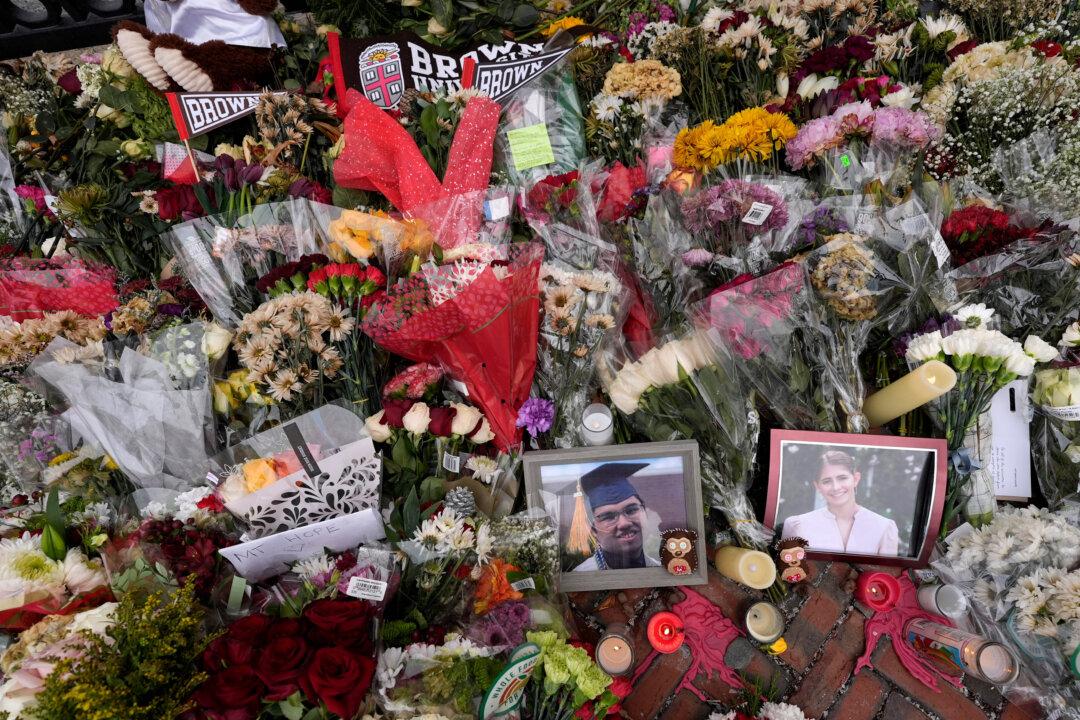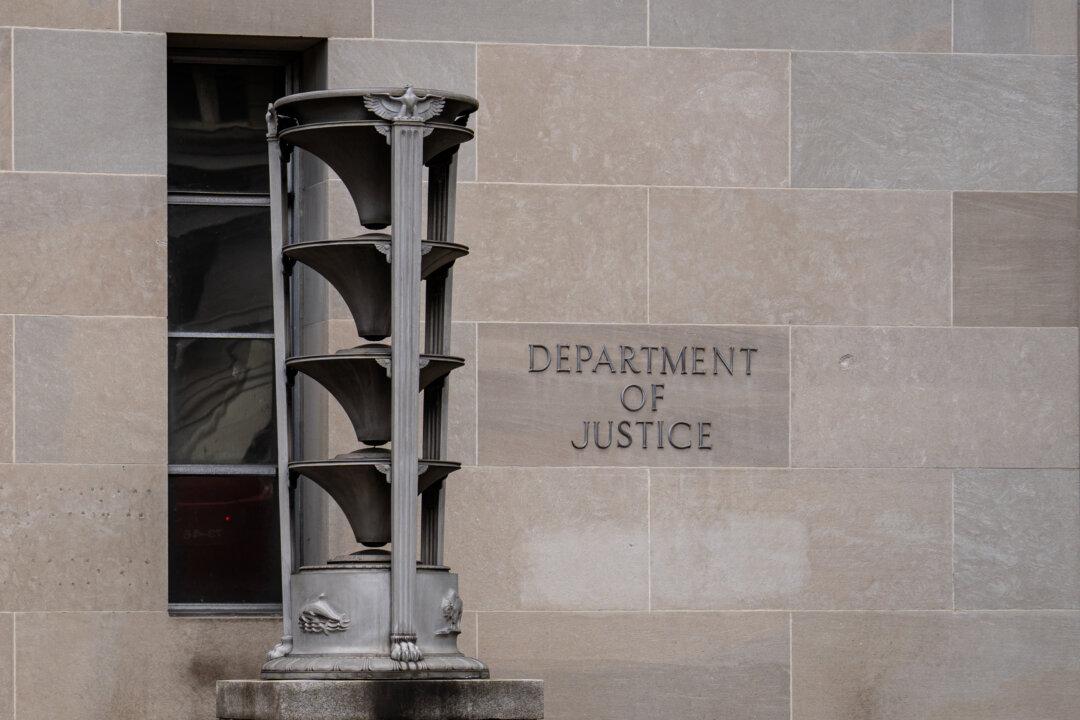India has seen a rise in consumer spending during the Hindu festival season, which began in September, with online and offline sales projected to exceed $27 billion in November, despite rising inflation.
Festival sales totaled nearly $15.2 billion in offline sales, compared to $8.5 billion in the pre-COVID period in 2019, and $11.8 billion in online sales, according to the Confederation of All India Traders (CAIT).





